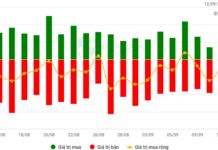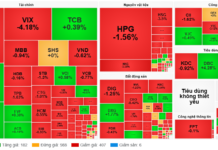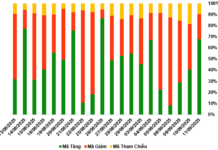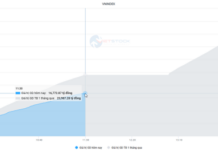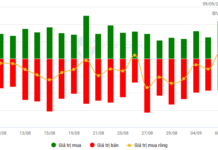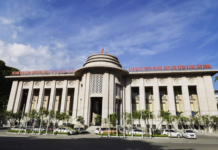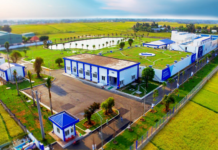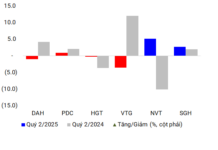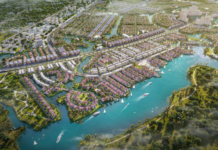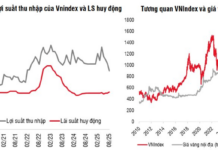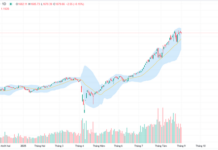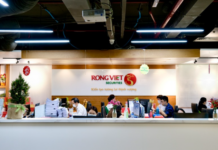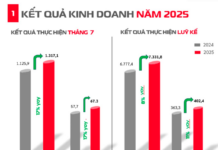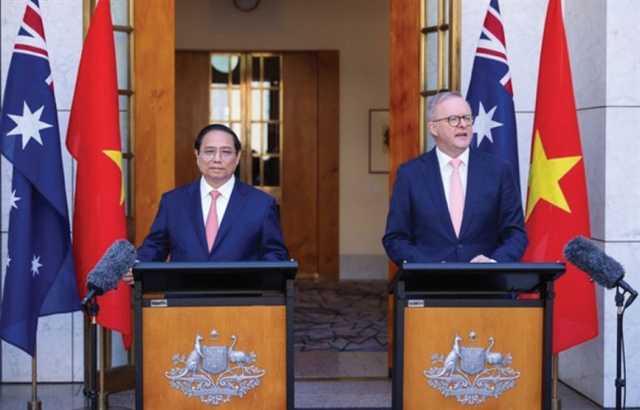
Prime Minister Pham Minh Chinh and Prime Minister of Australia Anthony Albanese announced the upgrade of the Vietnam-Australia relationship to the highest level – comprehensive strategic partnership. Photo: VGP |
Upgrading the strategic partnership
Vietnam and Australia have issued a joint statement on upgrading the relationship to a comprehensive strategic partnership since March 7, 2024, during the official visit of Prime Minister Pham Minh Chinh to Australia at the invitation of Prime Minister Anthony Albanese. Thus, in less than half a year, Vietnam has established a comprehensive strategic partnership with three major powers, including the United States, Japan, and Australia.
As of now, Vietnam has established comprehensive partnership with 14 countries, strategic partners with 16 countries, but only upgraded the relationship to a comprehensive strategic partnership with seven countries, all of which are major powers, including China (2008), Russia (2012), India (2016), South Korea (2022), the United States (2023), Japan (2023), and most recently Australia (2024). Some forecasts suggest that in 2024, Vietnam may upgrade the relationship to a comprehensive strategic partnership with two Southeast Asian countries, Singapore and Indonesia.
Notably, all seven countries that Vietnam has upgraded the relationship to the highest level hold important political positions in the Pacific-Indian Ocean region, which is considered a key region in shaping the world order of the 21st century, as it has been and is the destination and deployment of strategies by many countries, especially major ones.
If the United States, Japan, India, and Australia belong to the Quad group, Russia and China are increasingly closely linked and are part of the North-South geographical axis along with Vietnam in the Western Pacific, South Korea has emerged as a leading investor in Vietnam in recent years.
Clearly, upgrading relations with major countries not only helps Vietnam enhance its political and diplomatic position worldwide, but also becomes an attractive destination, attracting FDI flows from these economic powers as well as from foreign countries wanting to take advantage of Vietnam’s political advantages, relations with major countries, and a series of free trade agreements that Vietnam has signed in recent times.
Attracting investment
Specifically, after attracting $36.6 billion in FDI capital in 2023, an increase of over 32% compared to 2022 and the 3rd highest level in the past 15 years, in the first two months of this year, Vietnam continued to receive $4.29 billion in registered FDI capital, a strong increase of 38.6% compared to the same period last year. Meanwhile, the disbursed FDI capital, after reaching a record $23.18 billion in 2023, recorded $2.8 billion in the first two months of this year, an increase of 9.8% compared to the same period last year and the highest FDI capital implemented in the first two months in the past five years.
|
While there are many solutions to improve the quality of the workforce through training policies, improving labor productivity, Vietnam is also facing another challenge, which is rapid population aging and increasing labor costs. |
It is worth noting that this positive trend is taking place in the context of Vietnam applying the global minimum tax policy since the beginning of this year, showing that foreign investors continue to choose Vietnam as an attractive and potential destination.
However, in addition to applying the global minimum tax policy, Vietnam is studying and developing additional investment incentives outside of taxes to compensate somewhat for the increased tax costs for investors subject to this policy.
With the recent upgrade of the relationship with Australia, analysts expect that it will promote extensive cooperation between the two countries in various fields, such as climate change, energy transition, resources, including important mineral supply chains, digital transformation, innovation, trade, investment, agriculture, defense, education, and training.
During the recent visit of Prime Minister Pham Minh Chinh, the working delegation of the Ministry of Planning and Investment worked with several partners and businesses to promote investment between Vietnam and Australia, especially in the fields of clean energy and renewable energy.
According to statistics from the Foreign Investment Agency, Australian businesses have currently invested in Vietnam with 631 projects, with a total registered capital of $2.04 billion, focusing on 18 sectors and fields in Vietnam. The leading sector is processing and manufacturing industry with 133 projects, total registered capital of $954.7 million. The tourism and food service sector ranked second with 31 projects, total registered capital of $154.32 million. The agricultural and aquatic sector ranked third with 25 projects, total registered capital of $120.04 million.
Solving challenges
However, whether Vietnam can effectively seize opportunities from its rising position or not is not a simple matter, as attracting FDI is still facing some challenges and cannot be resolved overnight. According to the opinions of economists as well as the evaluations of international organizations, these issues include the quality of the workforce with low productivity, infrastructure still has many bottlenecks, investment procedures, and legal system, although they have been improved recently but still have many obstacles and complexities.
While there are many solutions to improve the quality of the workforce through training policies, improving labor productivity, Vietnam is also facing another challenge, which is rapid population aging and increasing labor costs, which can hinder attracting FDI in the future. This is also a challenge that many other countries are facing.
With infrastructure bottlenecks, Vietnam is making efforts to increase investment in recent years. In 2023, the capital expenditure from the state budget reached VND 625.3 trillion, equivalent to 85.3% of the plan and up 21.2% compared to the previous year. In the first two months of this year, this number is estimated at over VND 59.8 trillion, up 2.1% compared to the same period last year. It is known that this year, the total plan for public investment capital is nearly VND 660 trillion.
According to a report by the Ministry of Planning and Investment, in addition to tax incentives, the governments of countries are also implementing many other support measures to attract FDI, mainly measures to improve the investment business environment, create a level playing field between domestic and foreign enterprises, remove foreign investment restrictions. in some sensitive areas or administrative procedure reform. This is also a challenge for Vietnam. Currently, Vietnam’s business environment score is still lower than that of countries in the region such as Singapore, Malaysia, Thailand, or Indonesia.
Tue Nhien

